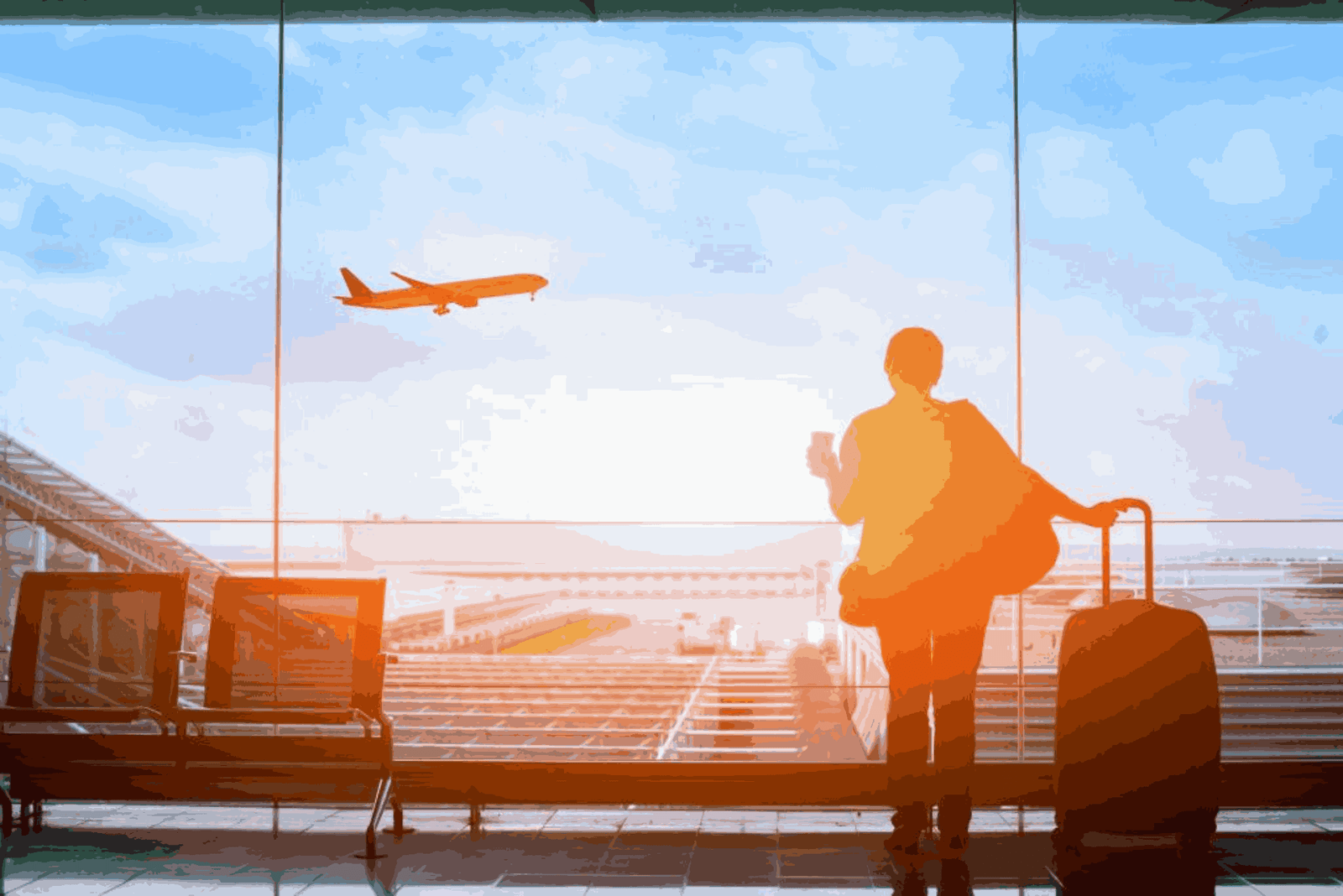Dubai’s arid climate poses unique challenges for landscaping enthusiasts, but with careful planning, innovative techniques, and strategic plant selection, creating thriving outdoor spaces in the desert environment is entirely possible. From luxurious gardens to sustainable urban landscapes, Dubai offers a canvas for creativity and resilience in landscaping. In this article, we explore essential tips for landscaping success in Dubai’s arid climate, empowering homeowners and landscapers to transform their outdoor spaces into lush and vibrant oases. For more information checkout landscaping companies in dubai
Understand the Climate:
Before embarking on any landscaping project in Dubai, it’s crucial to understand the local climate. Dubai experiences hot summers, mild winters, and minimal rainfall, with temperatures soaring well above 40°C (104°F) during the summer months. This arid climate requires plants and design elements that can withstand high temperatures, intense sunlight, and limited water availability.
Embrace Xeriscaping Principles:
Xeriscaping, a landscaping approach that emphasizes water conservation and drought tolerance, is well-suited to Dubai’s arid climate. Key principles of xeriscaping include selecting water-efficient plants, improving soil quality, using mulch to retain moisture, and implementing efficient irrigation systems. By embracing xeriscaping principles, landscapers can create sustainable and visually stunning landscapes that thrive in Dubai’s challenging environment.
Choose Native and Adaptive Plants:
When selecting plants for landscaping in Dubai, prioritize native species and adaptive varieties that are well-suited to the local climate. Native plants, such as Ghaf trees, Date palms, and Desert roses, are adapted to the harsh conditions of the desert and require minimal water and maintenance once established. Adaptive plants, such as Bougainvillea, Oleander, and Agave, also thrive in Dubai’s climate and add color and texture to outdoor spaces.
Optimize Irrigation Efficiency:
Efficient irrigation is essential for maintaining healthy landscapes in Dubai’s arid climate. Drip irrigation systems, which deliver water directly to the root zone of plants, minimize water waste and promote deep root growth. Smart irrigation controllers, equipped with weather sensors and moisture sensors, adjust watering schedules based on environmental conditions, further optimizing water usage and conserving resources.
Create Shade and Microclimates:
Providing shade and creating microclimates are effective strategies for mitigating the intense heat in Dubai’s climate. Shade structures, such as pergolas, arbors, and shade sails, offer relief from the sun and create comfortable outdoor living spaces. Planting trees, shrubs, and climbing vines strategically to provide shade not only reduces ambient temperatures but also enhances biodiversity and creates habitat for wildlife.
Focus on Soil Health:
Healthy soil is the foundation of successful landscaping in Dubai. Improving soil quality with organic amendments, such as compost and mulch, enhances water retention, promotes root development, and supports overall plant health. Soil testing can help determine nutrient deficiencies and pH levels, allowing landscapers to adjust soil conditions to meet the specific needs of plants.
Prioritize Sustainable Practices:
Sustainability should be a guiding principle in landscaping projects in Dubai. Minimize water usage through efficient irrigation, incorporate recycled materials into hardscape features, and prioritize native and drought-tolerant plants to reduce environmental impact. Implementing sustainable practices not only conserves resources but also contributes to the resilience and long-term health of outdoor spaces.
Regular Maintenance and Monitoring:
Regular maintenance and monitoring are essential for the ongoing health and vitality of landscaped areas in Dubai. Monitor soil moisture levels, inspect plants for signs of stress or disease, and adjust irrigation schedules as needed. Prune, fertilize, and mulch plants regularly to promote growth and discourage pests and diseases. By staying proactive with maintenance and monitoring, landscapers can ensure that outdoor spaces remain lush and vibrant year-round.
In conclusion, landscaping success in Dubai’s arid climate requires careful planning, innovative techniques, and a commitment to sustainability. By understanding the local climate, embracing xeriscaping principles, choosing native and adaptive plants, optimizing irrigation efficiency, creating shade and microclimates, focusing on soil health, prioritizing sustainable practices, and maintaining regular maintenance and monitoring, homeowners and landscapers can create thriving outdoor spaces that flourish in the desert environment. With creativity, resilience, and a bit of ingenuity, Dubai’s landscapes can truly thrive in the arid.




